Territory: Ho Chi Minh border with Tay Ninh and Binh Duong province in the north, Dong Nai in the east, East Sea and Tien Giang province in the south, Long An Province in the west.
Rivers and Canals: Ho Chi Minh City has hundreds of rivers and canals but almost is small and average one. The largest river is 106km-length Saigon River that flows through the city. Waterway systems from Ho Chi Minh City to other provinces and Cambodia are favorable. The city has 15 km area of coastline.
Climate: Two distinct seasons, the rainy season begins from May to November and the average annual rainfall is 1.979mm. The dry season begins from December to April. The average temperature is 27,55ºC and no winter.
Transportation
Ho Chi Minh City is the traffic hub of the southern Vietnam including railways, roads, waterways and airway. There are National Highway 1A, Unity railway and Highway 13 Indochina to get Hanoi from Ho Chi Minh City.
Tan Son Nhat International airport is only 7 km from the city center, is the largest airport in the country with dozens of domestic and international flights. There are domestic flights from Ho Chi Minh City to Buon Ma Thuot, Dalat, Da Nang, Ha Noi, Hai Phong, Hue, Nha Trang, Phu Quoc, Pleiku, Quy Nhon Rach Gia, Vinh.
Ho Chi Minh City is 1,730 km away from Hanoi, 99km from Tay Ninh, 30km from Bien Hoa (Dong Nai), 70km from My Tho, 129km from Vung Tau, 168km from Can Tho, 308km from Da Lat, 375km from Buon Ma Thuot.
The potential development of tourism
Currently, Ho Chi Minh City is the largest tourism center of the country, attracting 70% of international visitors to Vietnam. Tourist when coming to Vietnam easily get the tours in Ho Chi Minh City and around. The city has a rich tourism resource because of good infrastructure and convenient traffic. The city is the land of history associated with the historical struggle for national independence when colonists set foot in Vietnam. Ho Chi Minh City is also place where great President Ho Chi Minh left to find the way saving the country (1911). Because of the event, Nha Rong Port and Ho Chi Minh Museum become the important relics attracting many domestic and foreign tourists.
The other revolutionary monuments such as the Cu Chi Tunnels, system of museums, theaters, cultural houses, the historic French colonial buildings are famous sites that become tourist destinations in Ho Chi Minh City. Recently, the city has invested heavily for tourist areas such as Thanh Da, Binh Quoi, many amusement parks such as Dam Sen, Ky Hoa, Water Park, Suoi Tien… to draw visitors to Ho Chi Minh City. Currently, the city is restoring historical sites, ancient architectural structures and recovering cultural traditions associated with the festival organization to develop tourism industry of the city.
With over 300 years of forming and development, Ho Chi Minh city has many ancient buildings such as the Nha Rong, Quoc To Temple, Xa Tay Palace, Opera House, Post Office, the system of ancient temples (Giac Lam pagoda, Ba Thien Hau Pagoda, To Dinh Giac Vien pagoda…), the old system churches (Duc Ba Church, Huyen Sy Church, Thong Tay Hoi Church, Thu Duc Church…). Generally, one of the cultural characteristics in 300-year history of Saigon – Gia Dinh is “architectural structure” Vietnamese – Chinese – Europe. A harmonious culture combines the traditional Vietnamese people and special cultural features of the North and the West.


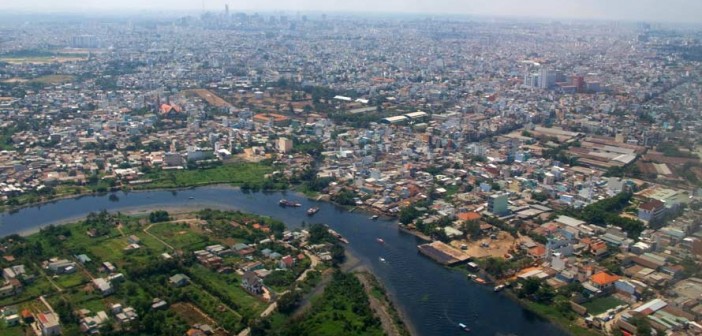
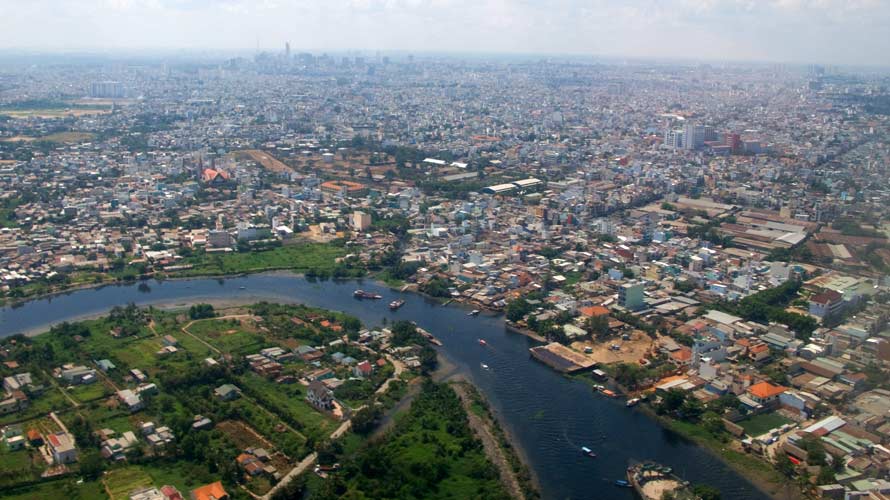
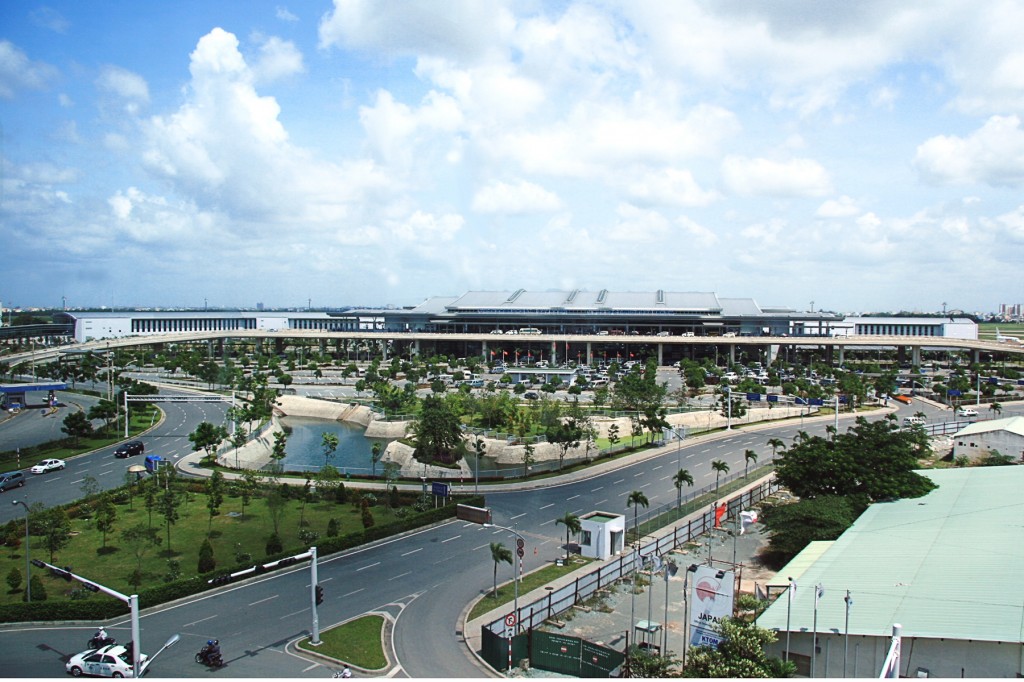
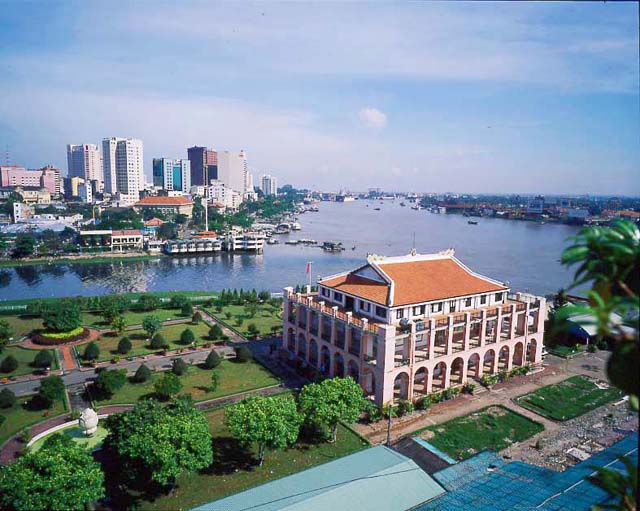
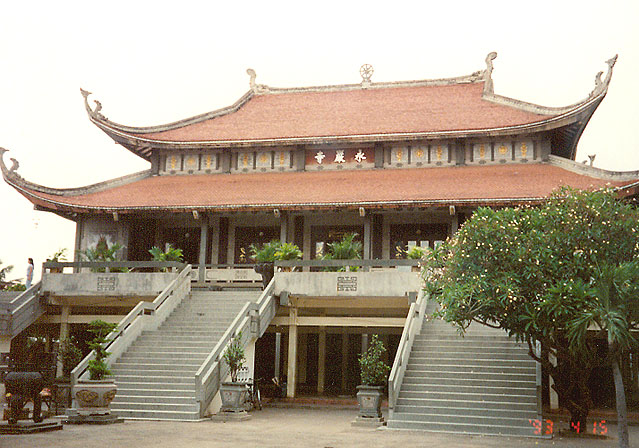
1 Comment
Nice place to visit in Vietnam. We have got a tour in Ho Chi Minh City, last month.
A memorable trip!